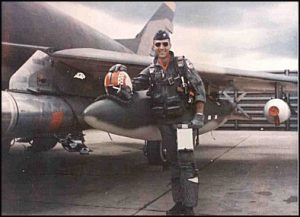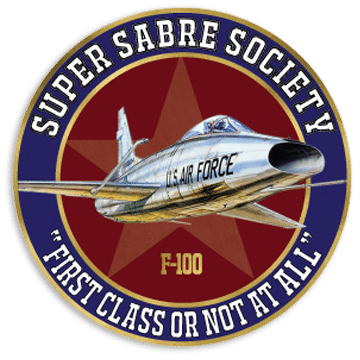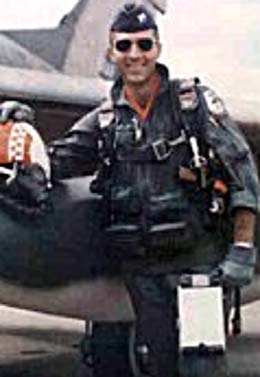“How does a fighter pilot relax? by Bob Graham
Flying jet fighters in the 1950s, 1960s and 1970s was one of the most exciting and dangerous jobs in the world, particularly in combat. It was a constant and massive adrenaline rush where the least loss of focus or inattention was often fatal. Golf on the other hand is just the opposite—a completely relaxing sport allowing one the opportunity to spend a few hours with friends and family in some of the prettiest and most peaceful places in the world.
When Bob is not focused on the investment markets, you can find him on the golf course either in Pennsylvania or North Carolina working to improve his game.”(1)
Bob is the founder of Riggs Asset Management in Pittsburgh, PA.
Source: (1) https://riggsadvisors.com/team/robert-j-graham/
Bob Graham Caterpillar Story
 In November 1964, I was with the 531st TFS. We were deployed to Clark AB in the Philippines from England AFB, Louisiana. I was flying as an IP in the backseat of an F-100F.
In November 1964, I was with the 531st TFS. We were deployed to Clark AB in the Philippines from England AFB, Louisiana. I was flying as an IP in the backseat of an F-100F.
On takeoff, we took some ground fire at the end of the runway from what was presumed to be a group of Huk Guerillas. Some rounds hit the generator, fuel tank, and a bunch of other stuff resulting in explosions and a massive fire from forward of the wing root down the length of the fuselage. Apparently, it was quite a spectacular sight from the ground.
We were over a populated area (the city of Angeles and surrounding villages) so we could not punch off the stores or eject. We managed to get the bird up to a low downwind thinking that we might be able to get it back down on the runway. However, as we turned base, fortunately over a wide-open unpopulated area, the flight controls burned through and we ended up ejecting slightly nose down and inverted at about 800 feet.
My chute did not have a chance to fully deploy so I hit pretty hard but, fortunately, in the middle of a narrow stream about four feet deep running through the elephant grass. All in all, it was a tough way to start the day but it could have been a lot worse.
-Bob Graham




